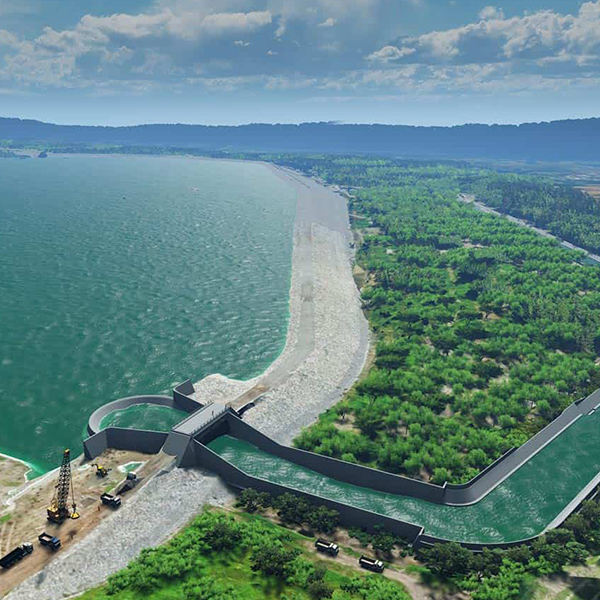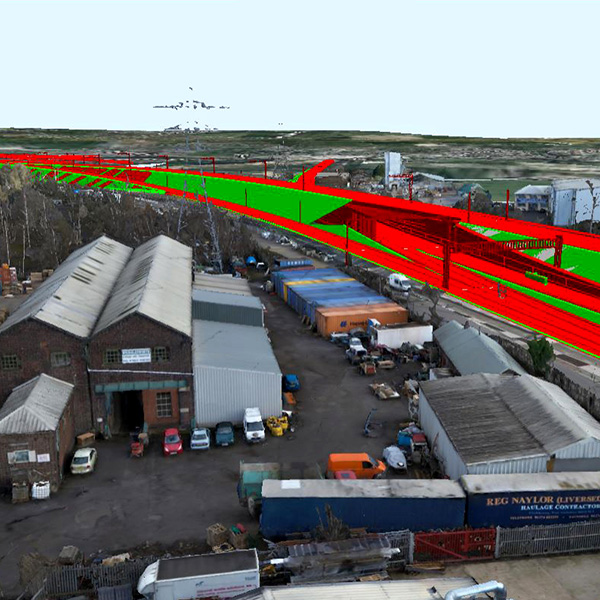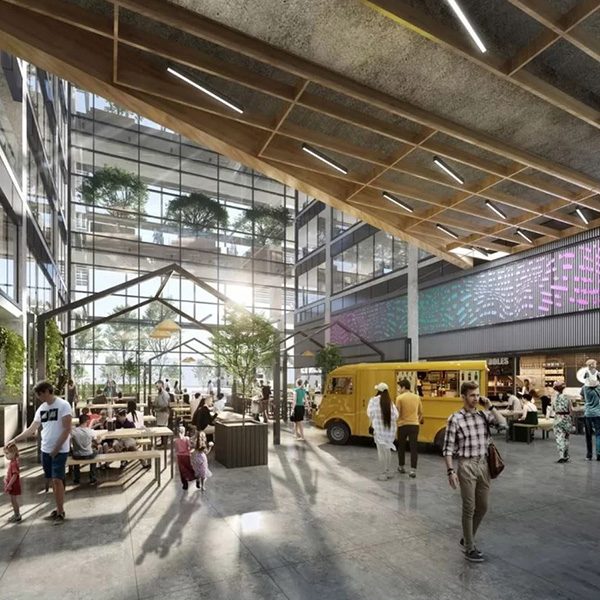TREND
Decarbonizing Construction & Adapting to Climate Change
Climate change impacts millions of people, and embodied carbon from construction materials is a major source of emissions. There is an opportunity to reduce embodied carbon by creating a better design and selecting environmentally friendly materials.
2022 TREND
Adapting to Climate Change
Monitoring / Reducing Carbon in New Construction
Considered by UN experts as the “largest, most pervasive threat the world has ever experienced,” human-induced climate change in 2022 amped up extreme weather around the globe, leading to exacerbated droughts, floods, wildfires, heat waves, and food insecurity.
In a scenario where 1.5° Celsius of warming occurs by 2030, almost half the world’s population could be exposed to a climate hazard related to heat, drought, flood, or water stress in the next decade – up from 43% today.
Infrastructure assets require extraordinary adaptation and modification to decarbonize while making our communities more resilient.
Unlike operational carbon emissions, which can be reduced over time, embodied carbon emissions, which are generated from materials and construction, are locked in place as soon as an infrastructure asset is built. Embodied carbon represents 57% of all emissions. Just three materials – concrete, steel, and aluminum – are responsible for 23% of global emissions. There is an incredible opportunity for embodied carbon reduction through better design and material selection.
Monitoring / Reducing Carbon in New Construction.
85% of the world’s population has already been affected by events directly related to climate change.
Considered by UN experts as the “largest, most pervasive threat the world has ever experienced,” human-induced climate change in 2022 amped up extreme weather around the globe, leading to exacerbated droughts, floods, wildfires, heat waves, and food insecurity.
In a scenario where 1.5° Celsius of warming occurs by 2030, almost half the world’s population could be exposed to a climate hazard related to heat, drought, flood, or water stress in the next decade – up from 43% today.
Infrastructure assets require extraordinary adaptation and modification to decarbonize while making our communities more resilient.
Unlike operational carbon emissions, which can be reduced over time, embodied carbon emissions, which are generated from materials and construction, are locked in place as soon as an infrastructure asset is built. Embodied carbon represents 57% of all emissions. Just three materials – concrete, steel, and aluminum – are responsible for 23% of global emissions. There is an incredible opportunity for embodied carbon reduction through better design and material selection.



